Rock climbing demands a unique blend of physical strength, endurance, and a remarkable range of motion that goes beyond conventional fitness requirements. It is a sport where precise body control, mental focus, and physical adaptability converge to navigate vertical challenges and tight spaces that test an individual’s limits. Athletes face situations that require deliberate, well-coordinated movements, as they stretch to reach holds positioned in unconventional and awkward angles. Success in climbing depends on the capability to adjust one’s body effectively while maintaining stability, enabling climbers to move efficiently across varying terrains. In addition, a disciplined training regimen that incorporates techniques to boost flexibility can play an essential role in preparing the body for demanding routes. This approach not only supports better movement coordination but also minimizes the risk of injury by fostering a more resilient and balanced physique. Integrating stretching routines contributes to improved overall performance, thereby optimizing each climb.
The Importance of Flexibility in Rock Climbing
Flexibility plays a crucial role in rock climbing by allowing climbers to navigate challenging routes with greater ease and efficiency. Enhanced flexibility leads to improved reach, better body positioning, and the ability to execute dynamic movements smoothly. A flexible body can adapt more readily to the varying demands of different climbs, from overhangs to slabs.
Beyond performance, flexibility reduces the likelihood of injuries. Climbers often strain muscles and joints during intense movements, and a flexible body handles these stresses better. Regular stretching and flexibility training can alleviate muscle tension, improve circulation, and promote faster recovery times, ensuring that climbers stay in top form.
Pose 1: Pigeon Pose (Eka Pada Rajakapotasana)
- Steps:Begin in a high plank position.
- Bring your right knee forward towards your right wrist, placing your right foot near your left hand.
- Extend your left leg straight back, keeping your hips square.
- Lower your torso over your right leg, supporting yourself with your hands or forearms.
- Hold the pose for 30 seconds to a minute, then switch sides.
- Benefits for Climbers:Opens the hips, enhancing the ability to reach and maneuver effectively.
- Stretches the hip flexors and glutes, which are vital for maintaining balance on the wall.
Pose 2: Dragon Pose (Utthan Pristhasana)
- Steps:Start in a lunge with your right foot forward.
- Lower your hips towards the ground, keeping your back leg extended and straight.
- Place your hands on the ground inside your right foot.
- Sink deeper into the lunge, feeling the stretch in your hips and thighs.
- Hold for 30 seconds to a minute, then switch sides.
- Benefits for Climbers:Increases flexibility in the hip flexors and groin, which aids in higher foot placements.
- Improves balance and stability, essential for navigating tricky sections of a climb.
Pose 3: King Dancer Pose (Natarajasana)
The King Dancer Pose enhances balance and stretches the entire front body, including the thighs, groins, and shoulders. To perform this pose, stand on one leg, bend the other knee, and grab the foot with the same-side hand. Gently lift the foot towards the sky while keeping the torso upright. This pose not only improves leg flexibility but also strengthens the core, which is vital for maintaining control during climbs.
For climbers, mastering Natarajasana can lead to better body awareness and coordination, allowing for more precise movements on the wall. It also helps in elongating the spine, promoting better posture during long climbing sessions.
Pose 4: Bound Angle Pose (Baddha Konasana)
The Bound Angle Pose targets the inner thighs, groins, and hips. Sit with your feet together and knees bent outward, holding your feet with your hands. Gently press your knees towards the floor to deepen the stretch. This pose enhances flexibility in the hips, which is essential for high steps and wide reaches in climbing.
Regular practice of Baddha Konasana can improve the range of motion in the hip joints, enabling climbers to execute moves that require significant hip flexibility and control. It also promotes relaxation and helps reduce tension in the lower body.
Pose 5: Reclining Hand-to-Big-Toe Pose (Supta Padangusthasana)
The Reclining Hand-to-Big-Toe Pose focuses on stretching the hamstrings, calves, and groin. Lie on your back and extend one leg towards the ceiling, holding the big toe with your hand or using a strap if needed. Keep the other leg bent or straight on the ground. This pose enhances the flexibility of the legs, crucial for precise foot placements and powerful pushes during climbs.
For climbers, improved hamstring and calf flexibility from Supta Padangusthasana can lead to more efficient energy use and reduced muscle fatigue. It also aids in achieving higher foot positions without overstraining.
Pose 6: Half Frog Pose (Ardha Bhekasana)
The Half Frog Pose is excellent for stretching the thighs, groin, and hips. Lie on your stomach, bend one knee, and reach back to hold the foot with your hand. Gently push the foot away from your body to deepen the stretch while keeping the other leg extended. This pose increases flexibility in the quadriceps and hips, supporting more dynamic climbing movements.
Climbers benefit from Ardha Bhekasana as it improves the ability to reach upwards and outwards with greater ease. The increased flexibility can also help in performing moves that involve sudden shifts in body weight.
Pose 7: Thread the Needle Pose (Parsva Balasana)
Thread the Needle Pose is a fantastic stretch for the shoulders, upper back, and hips. Begin on all fours, slide one arm underneath the opposite arm with the palm facing up, and rest your shoulder and ear on the ground. This twist enhances spinal mobility and stretches the chest and shoulders, areas that climbers rely on heavily.
By practicing Parsva Balasana, climbers can increase their shoulder flexibility, allowing for better reach and grip during climbs. It also helps in relieving tension in the upper body, promoting a more relaxed and controlled climbing experience.
Incorporating these seven yoga poses into a regular training routine equips rock climbers with enhanced flexibility and strength, ultimately reducing injury risk and elevating overall performance.
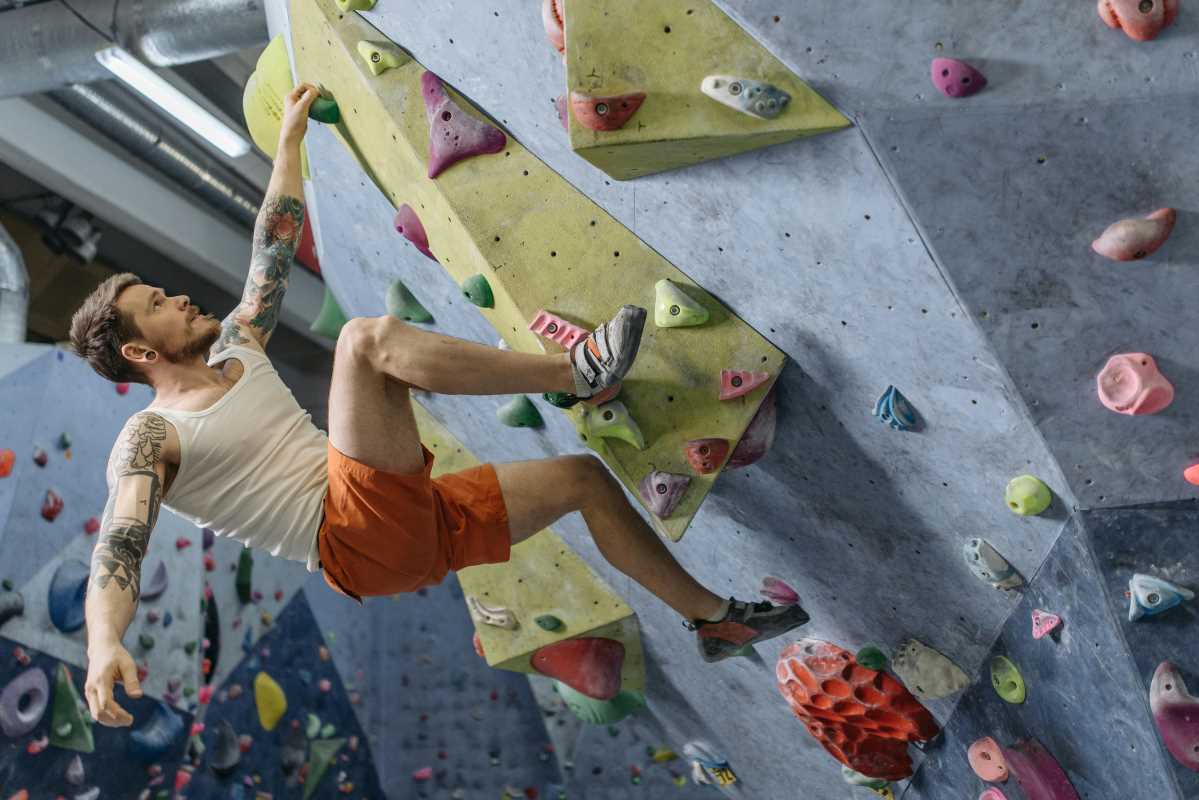 (Image via
(Image via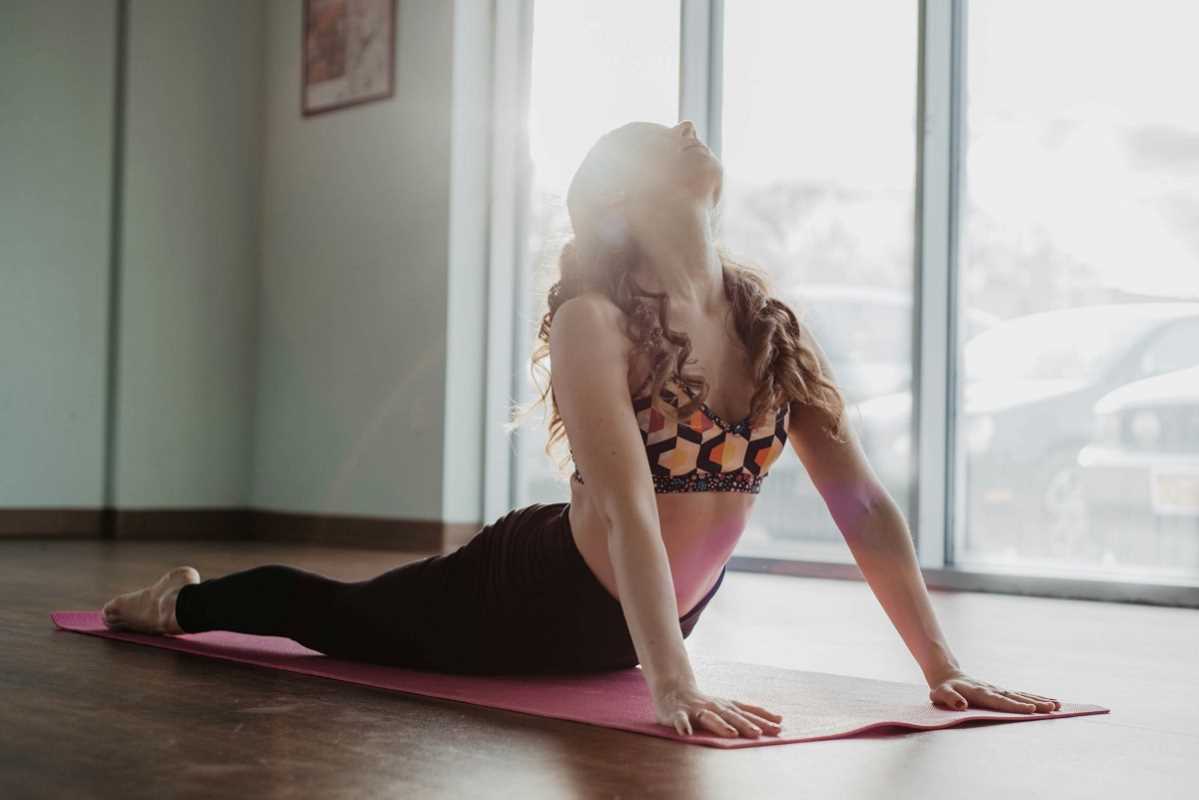
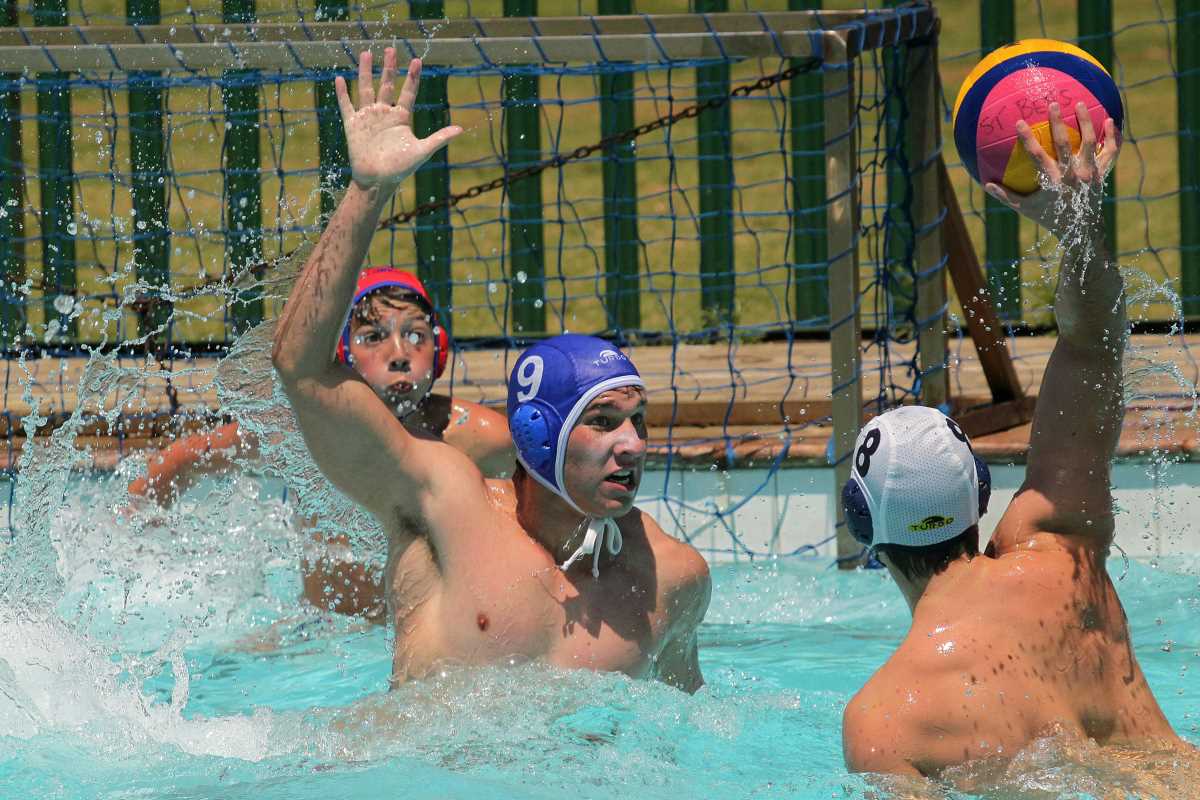
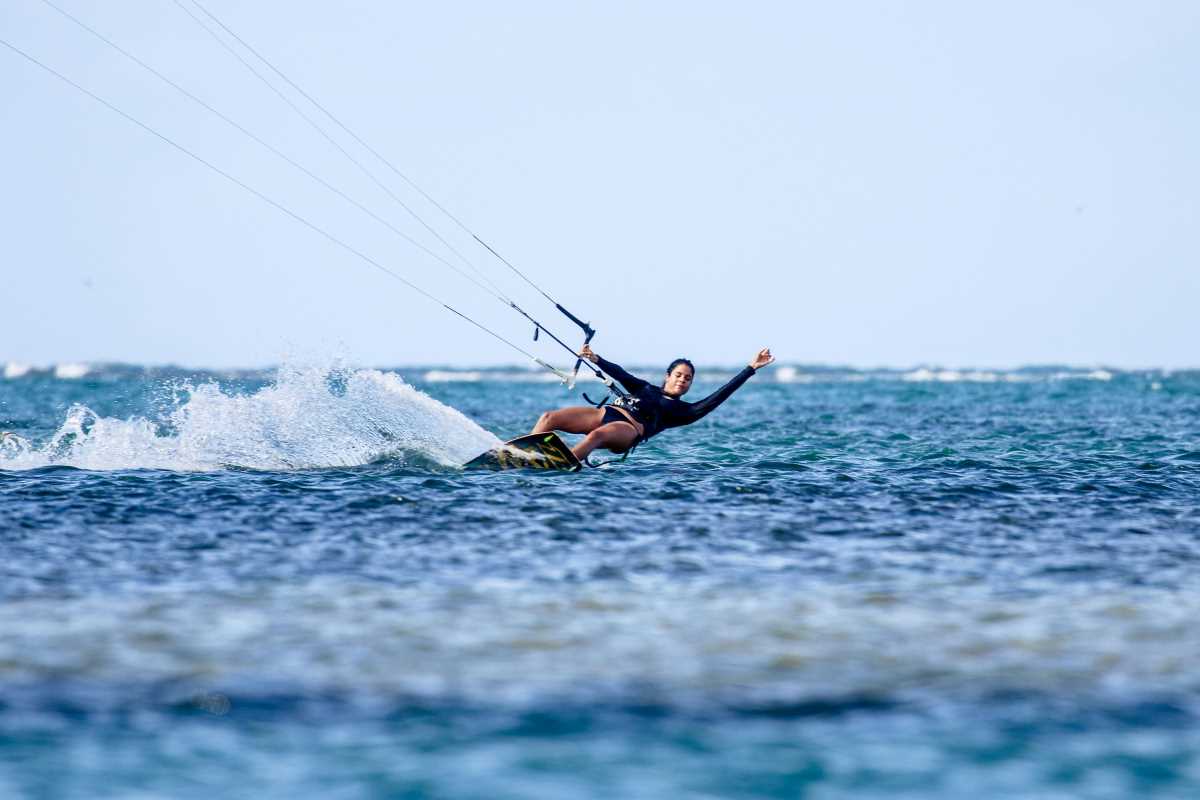
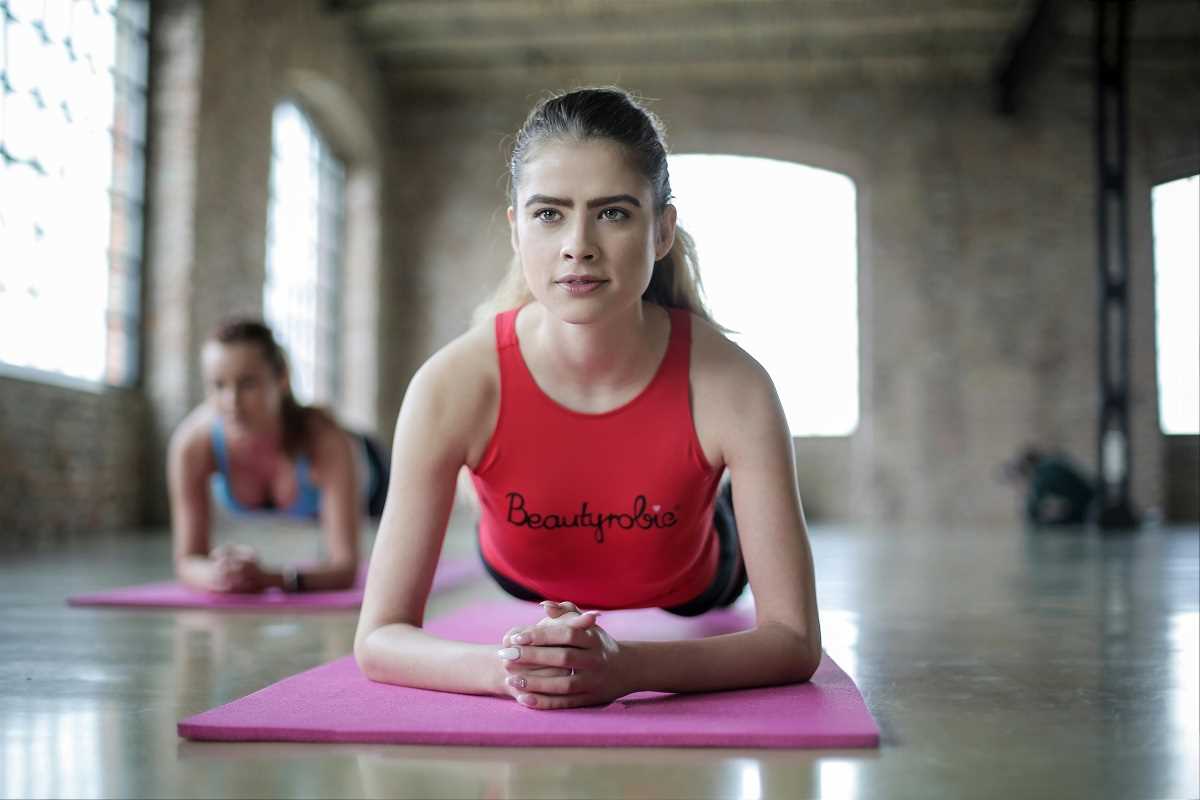
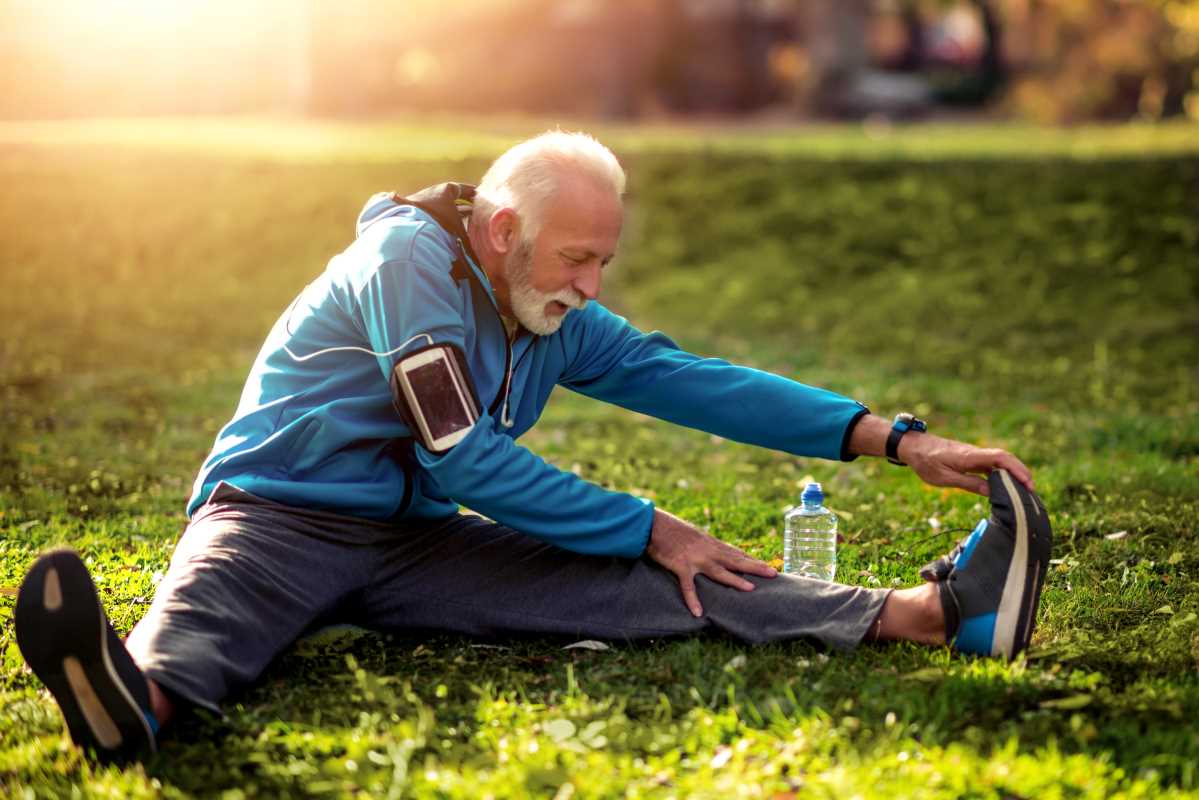
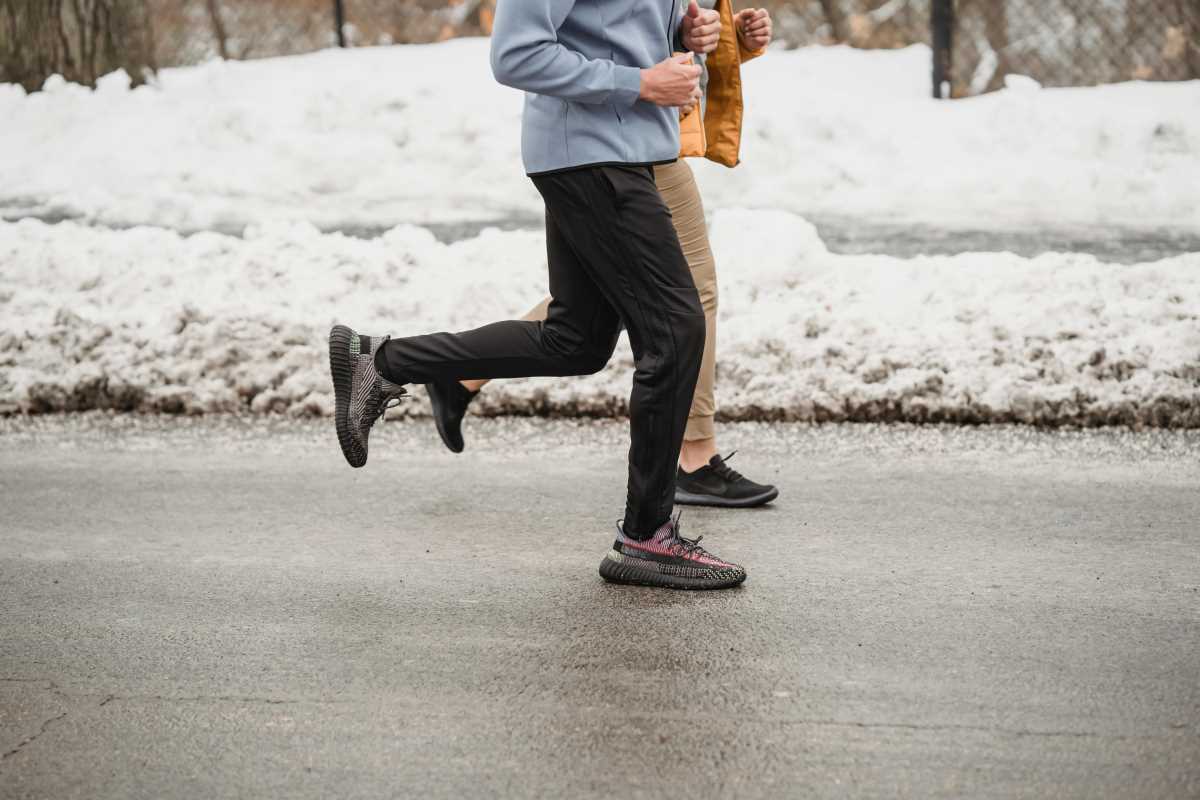
.jpg)